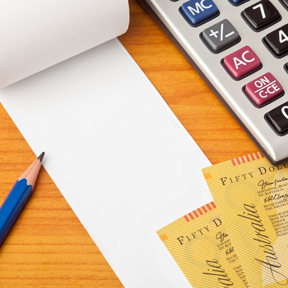How to work out the running costs of equipment you buy
Many small businesses buy cheap equipment as the upfront cost is cheaper. If you follow this approach, it can end up being a false economy for your business – the equipment may be very cheap to buy, but it could actually be very expensive to run.
If the equipment you’re buying does not have an ENERGY STAR® label, you can still work out whether it will be expensive or economical to run.
Take these steps:
- Before you buy, make a shortlist of the equipment that you’re interested in. Don’t just include the cheapest equipment on this list. You should also include more expensive equipment that claims to be energy efficient or has an ENERGY STAR® label.
- Find out from the equipment vendors how many ‘watts’ of energy their equipment uses. You can use this information to calculate the lifetime running costs.
This is how you work it out:
- 1,000 watts is a kW. If the equipment uses 2,000 watts per hour, this equals 2kWh.
- If your electricity company charges you 30 cents per kWh, a 2kWh product will cost you 60 cents an hour to run.
- Using the equipment eight hours a day will cost you $4.80 a day.
- Using it 250 days a year will cost you $1,200.[1]
- Over 10 years, the equipment will cost you $12,000 in electricity.
- Add the lifetime running costs to the purchase price, and you have the true cost of buying the equipment.
- Use this formula to compare the equipment costs before you buy. It can save you a lot of money as the cheap-to-buy equipment will often be more expensive once you take its running costs into account.
- 1. To get a more accurate costing, work out how many hours a year you will be using the equipment, then give this figure to the manufacturer or distributor. They will then be able to tell you how long the equipment will last and how much the lifetime running costs will be.


